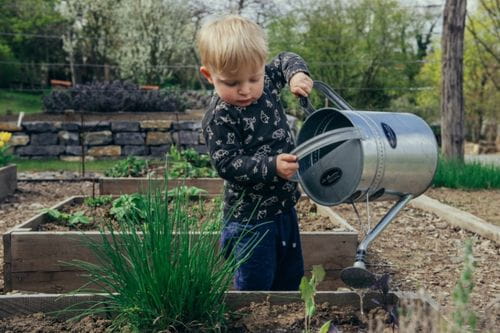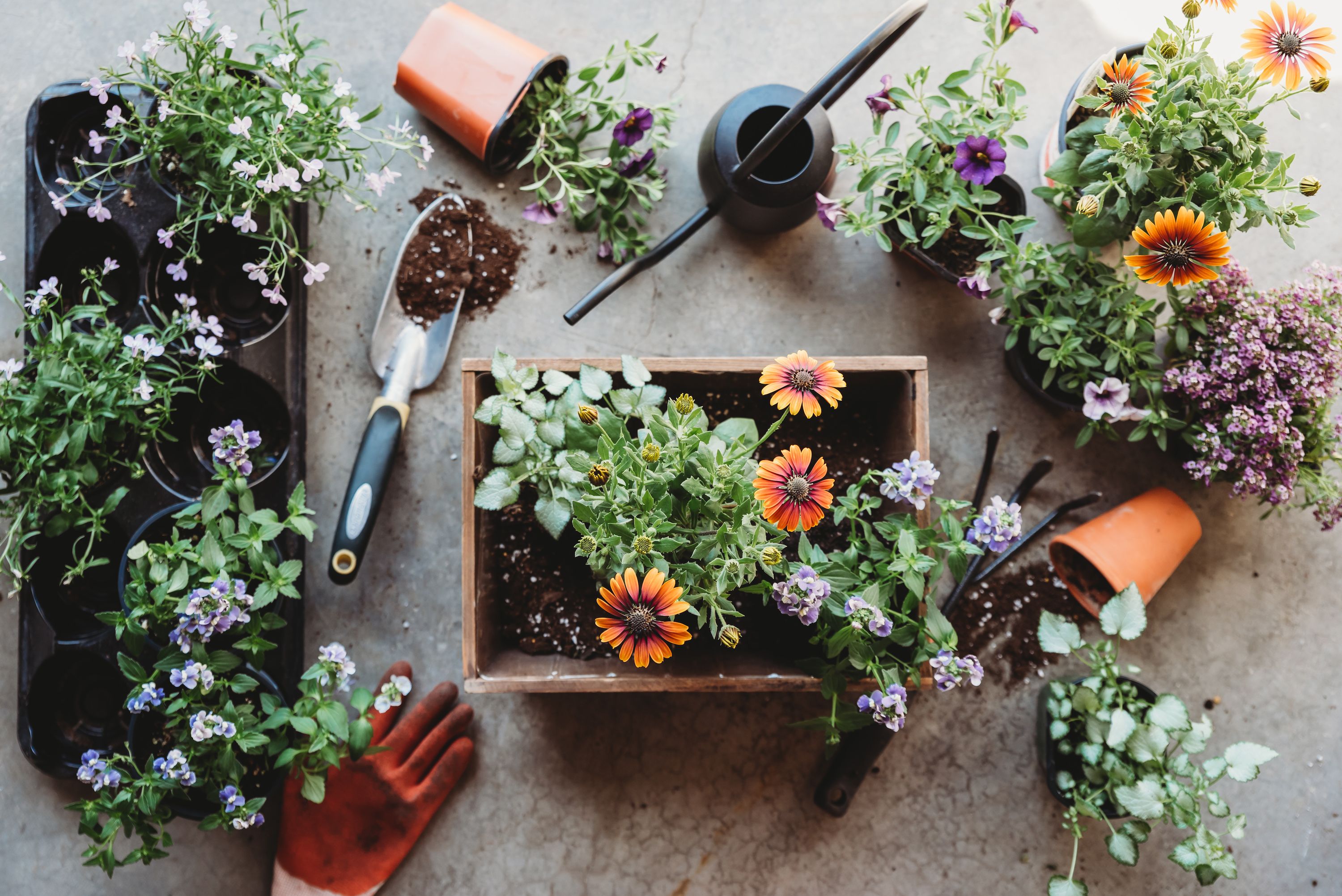Gardening 101: Building Your Ultimate Gardening Kit for Beginners
Wiki Article
The Ultimate Overview to Horticulture for Beginners: Detailed Tips and Techniques for Expanding a Flourishing Garden
Are you prepared to study the world of horticulture? Look no more than "The Ultimate Guide to Horticulture for Beginners." This step-by-step guide will walk you through every little thing you need to know to grow a thriving garden. From understanding your garden space to choosing the right plants and preparing the soil, we have actually got you covered. Prepare to unleash your eco-friendly thumb and produce a lovely, growing yard.Understanding Your Yard Space
Comprehending your garden room is crucial for producing a thriving garden. This will certainly assist you determine which plants will flourish in each area. home gardening for beginners.Following, analyze the dirt in your yard. Is it sandy, clay-like, or loamy? Recognizing your soil type will certainly assist you in choosing the right plants and implementing appropriate soil changes. Additionally, think about the drain of your garden. Is it vulnerable to waterlogging or does it drain quickly? This details will certainly aid you make notified choices about watering and plant positioning.
Furthermore, focus on any microclimates within your yard. These are little locations that might vary in temperature level or wetness levels compared to the rest of your yard. A south-facing wall surface might retain warm, developing a warmer microclimate. Utilize these variants to your advantage by planting heat-loving or moisture-loving plants in these areas.
Choosing the Right Plant Kingdoms

Do you favor low-maintenance plants or are you willing to place in additional effort for high-yield plants? Assume regarding the amount of time, power, and sources you are willing to invest in your yard.
In addition, consider the space readily available in your yard. Take measurements and plan out the format of your plants. Take into consideration the mature dimension of each plant and see to it they have adequate area to grow without congestion each various other.
Finally, consider the functionality of your plant choices. home gardening for beginners. Will you be able to offer the necessary treatment and maintenance for your picked plants? Take into consideration factors such as watering, fertilizing, pest control, and pruning
Preparing the Dirt for Planting
When you have actually picked the right plants for your prospering yard, it's time to study the essential task of preparing the soil for planting. Prior to you begin digging, it's vital to examine the quality of your dirt. Take an example and examination its pH levels, as various plants flourish in various pH arrays. If necessary by including lime to elevate it or sulfur to reduce it., adjust the pH.
When the dirt prepares, develop furrows or holes for growing. The deepness and spacing will rely on the certain requirements of your chosen plants, so refer to the seed packets or plant tags for assistance. Delicately position the plants in their designated places, making sure that the roots are covered with soil. Firmly push the dirt around the base of each plant to remove any type of air pockets.
As you water, be mindful not to wash away the soil or damages the fragile plants. With proper dirt prep work, your garden will certainly be fully equipped to sustain the growth and success of your plants.
Watering and Fertilizing Methods
After preparing the dirt for growing, it's necessary to understand efficient watering and feeding techniques to guarantee the wellness and growth of your garden. When it comes to watering, it is very important to strike an equilibrium. Overwatering can lead to root rot and other conditions, while underwatering can result in stunted growth and wilting. The key is to provide enough water to keep the soil continually wet however not saturated. One way to evaluate if your plants require watering is by sticking your finger about an inch right into the soil. It's time to water if it feels dry. When watering, aim for the base of the plants, as wetting the leaves can motivate illness. As for fertilizing, it's crucial to offer your plants the nutrients they require to grow. Organic fertilizers, such as compost or well-rotted manure, are excellent choices as they supply a sluggish launch of nutrients. It's finest to apply fertilizers in early spring or late loss, adhering to the guidelines on the bundle. Remember to sprinkle your plants after fertilizing to aid the nutrients get to the roots. By mastering these watering and fertilizing methods, you'll be well on your way to a thriving garden.Keeping a Healthy And Balanced Garden
To preserve a healthy and balanced yard, you must frequently examine your plants for indications of bugs or illness. By doing this, you can capture any type of concerns early and take the required actions to stop them from spreading out and causing damage to your whole garden. Seek any kind of uncommon places on leaves, wilting or yellowing vegetation, or holes in the leaves, as these could be signs of insects or conditions. If you see any one of these signs, it is necessary to take immediate activity.One method to combat bugs is by utilizing natural treatments such as insecticidal soaps or neem oil. These are efficient in controlling typical pests like aphids, mites, and whiteflies without hurting helpful pests. An additional approach is to urge useful insects like lacewings and ladybugs, which feed on yard pests. Planting blossoms such as marigolds, sunflowers, and daisies will certainly draw in these useful bugs to your yard.
Along with parasites, conditions can additionally affect your plants. To stop the spread of diseases, it is necessary to practice great yard health. This consists of eliminating any infected plants or leaves, disinfecting your gardening devices, and avoiding over-watering. Correct gardening tips for beginners spacing between plants and excellent air flow can additionally assist protect against the spread of illness.
Final Thought
By comprehending your garden space, selecting the right plants, preparing the soil, and applying appropriate watering and fertilizing methods, you can create a growing yard. With patience and dedication, you'll soon be enjoying the elegance and bounty of your very own flourishing garden.Utilize these variations to your advantage by growing heat-loving or moisture-loving plants in these areas.

Report this wiki page